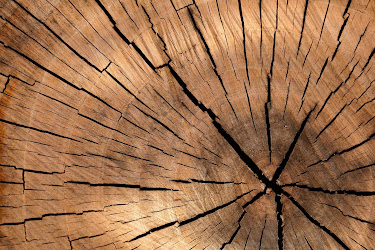Materials :
Umayyad architecture represents the birth of the first Islamic architecture tradition, one that adapted features from the Sassanian and Byzantine empires.
The Umayyad's used stone extensively in their architecture as this material is abundant in great Syri, where most of their surviving buildings are located.
 |
They used stone in their architecture as this material |
Brick is also used frequently, often in the combination with stone.
Mosaics are used widely as a surface cover for both floors and walls.
 |
Mosaics are used widely in Umayad's Architecture |
Stucco is used as a decorative material and becoming particularly widespread during the later Umayyad period.
 |
Stucco is used as a decorative material |
Wood is used as a construction material for roofs and domes, and also as a decorative material for elements such as doors and panels.
 |
Wood is used as a construction material |
Reused Roman and Byzantine elements, such as column shafts and capitals, are commonly incorporated into Umayyad buildings.
Architectural Features :
In general terms, Islamic Architecture can be classified into two categories:
Religious Architecture
Secular Architecture.
Religious Architecture :
Mosques :
The Mosque for obvious reason lies at the very heart of Islamic Architecture. It is a symbol of faith.
The symbolic role was understood by Muslims at a very early stage and played an important part in the creation.
The First Mosque in Islam was the courtyard of the Prophet's house in Madina, with no architectural features.
Early Mosques built by Muslum as their empire was expanding were simple.
The general plan consists of a large courtyard by arched porticoes, with more aisles or arcades on the side facing Mecca / Qibla.
The great mosque of Damsusc followed the same plan of the Prophet PBUH mosque and became the prototype of many mosques built in various parts of the Islamic world.
The minaret, mihrab, and minbar make their first appearance in the religious architecture of the period.
The arch in Umayyad architecture is primarily round in shape, which becomes predominant in later periods.
Secular Architecture :
Whereas the functions of the religious buildings of early Islam could not have existed without the new faith, the functions of secular Muslim architecture have a priori no specifically Islamic character.




No comments:
Post a Comment